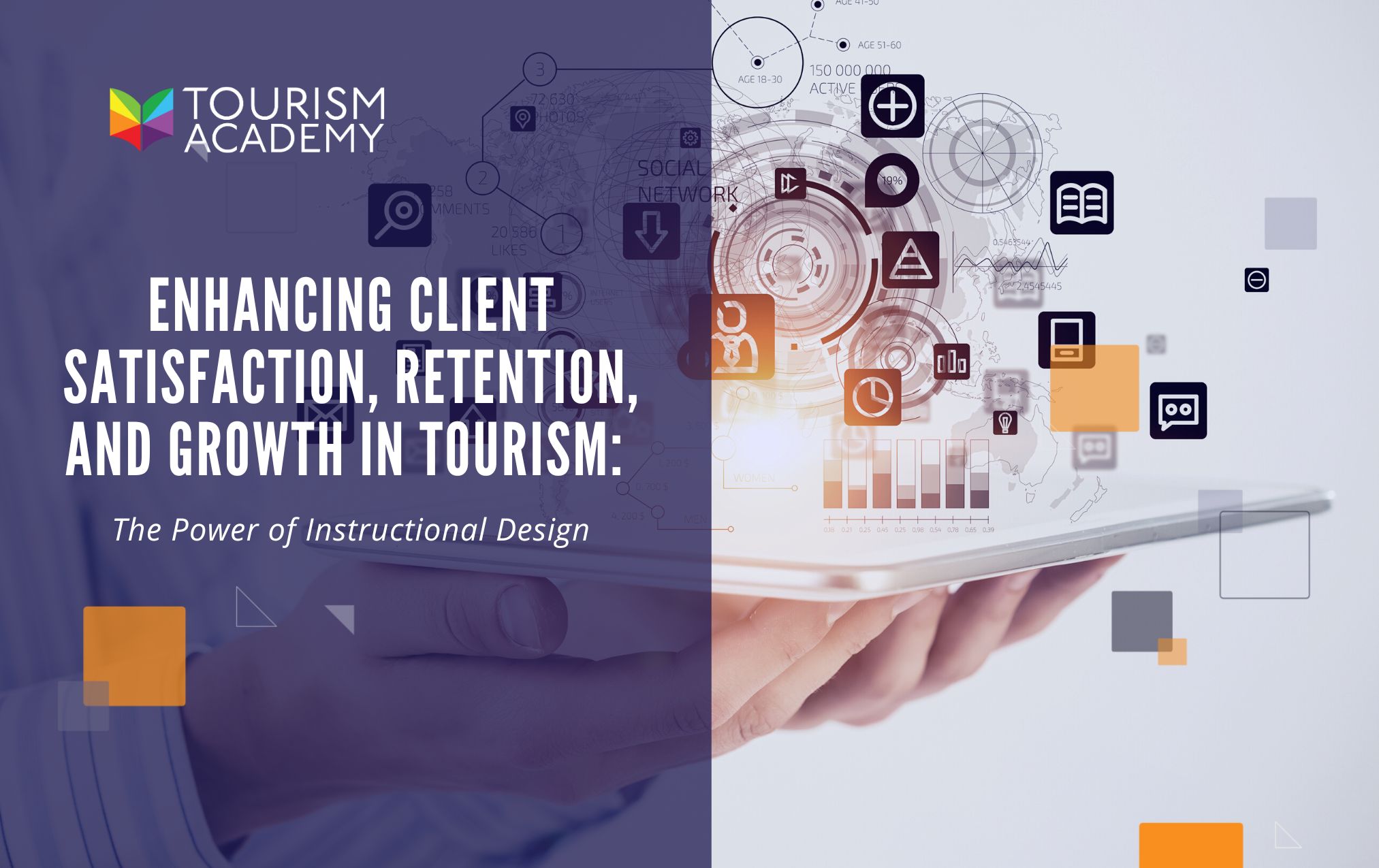
Enhancing Client Satisfaction, Retention, and Growth in Tourism: The Power of Instructional Design
In today's fast-paced world of tourism, where client satisfaction and retention are vital for long-term success, media, research, and marketing firms must adapt and evolve. One key strategy that can significantly impact these areas is incorporating instructional design principles into their operations. This approach improves the quality of services and fosters growth within the tourism space. In this article, we will explore how a media, research, and marketing firm can harness the power of instructional design to create a winning formula.
Understanding the Role of Instructional Design in Tourism
Before delving into the practical aspects of implementing instructional design, it's essential to grasp its significance in the tourism industry context. Instructional design is the process of creating compelling and engaging learning experiences. In the tourism sector, these experiences extend to clients and the firm's employees.
-
Client Satisfaction: When tourists are well-informed about their destinations and services, their satisfaction levels soar. Instructional design can help firms deliver pre-trip guides, post-trip reviews, and informative content that enhances the overall customer experience.
-
Employee Training: A well-trained team is the backbone of any tourism firm. Instructional design methods can be used to develop comprehensive training programs that ensure employees have the necessary skills and knowledge to serve clients effectively.
Creating a Blueprint for Success
To leverage instructional design effectively, media, research, and marketing firms must take a systematic approach:
-
Needs Assessment: Begin by identifying the unique needs of your clients and employees. What knowledge and skills are essential for their roles? Understand the gaps that need to be filled.
-
Content Development: Craft engaging and informative content. This could involve destination guides, interactive maps, and cultural insights for clients. For employees, it might mean comprehensive training modules, onboarding materials, and ongoing professional development.
-
Interactive Learning: Implement interactive elements in your materials. Utilize multimedia, quizzes, and hands-on activities to engage clients and facilitate active learning among employees.
-
Feedback Loops: Establish feedback mechanisms to improve instructional content continually. Client reviews, surveys, and employee input can provide valuable insights for refinement.
Improving Client Satisfaction
When clients are well-informed and engaged, satisfaction naturally follows. Instructional design can play a pivotal role in enhancing client satisfaction in the tourism space:
-
Personalized Experience: Tailor content to each client's unique interests and needs. Use data analytics to recommend activities, destinations, and travel itineraries.
-
Pre- and Post-Trip Engagement: Provide clients with pre-trip resources to prepare them for their journey and post-trip content to reflect on their experiences. This extends the client relationship beyond the immediate trip.
-
Cultural Insights: Help clients understand the cultural nuances of their destinations. This enhances their experience and fosters respect and appreciation for local communities.
Boosting Retention
Client retention is a critical aspect of any tourism firm's growth. When clients have a positive experience, they are more likely to return. Instructional design can contribute to long-term client relationships:
-
Continuous Learning: Offer clients opportunities for continuous learning and exploration. Regularly update content and provide loyalty programs that reward returning customers.
-
Feedback Integration: Listen to client feedback and adapt your instructional materials accordingly. This shows that you value their input and are committed to improvement.
Fueling Growth
By focusing on instructional design, media, research, and marketing firms can fuel their growth within the tourism space:
-
Competitive Edge: Well-designed content sets your firm apart. This can be a significant advantage in an industry where information is vital.
-
Word of Mouth: Satisfied clients become brand advocates. When they share their positive experiences, it can drive new business your way.
In conclusion, instructional design is a powerful tool that can revolutionize how media, research, and marketing firms operate within the tourism industry. By enhancing client satisfaction, boosting retention, and driving growth, instructional design can be the catalyst for success in the competitive world of tourism. Embrace it, and watch your firm thrive.

Leave a comment